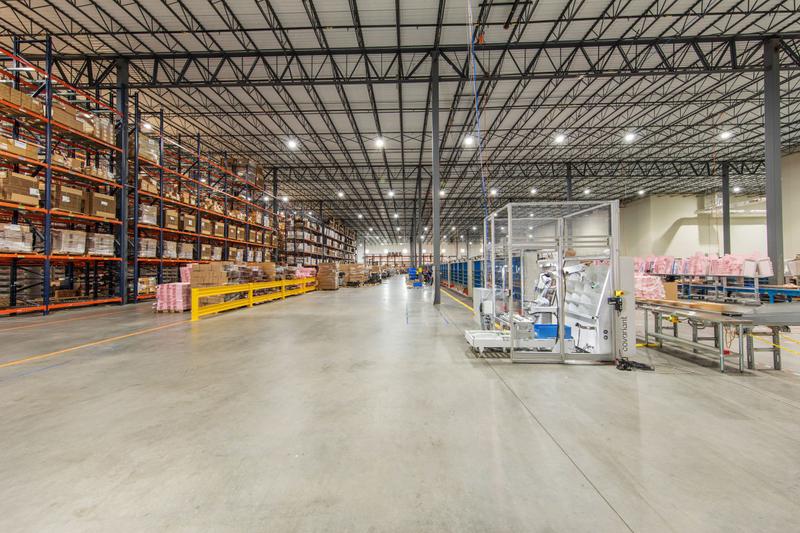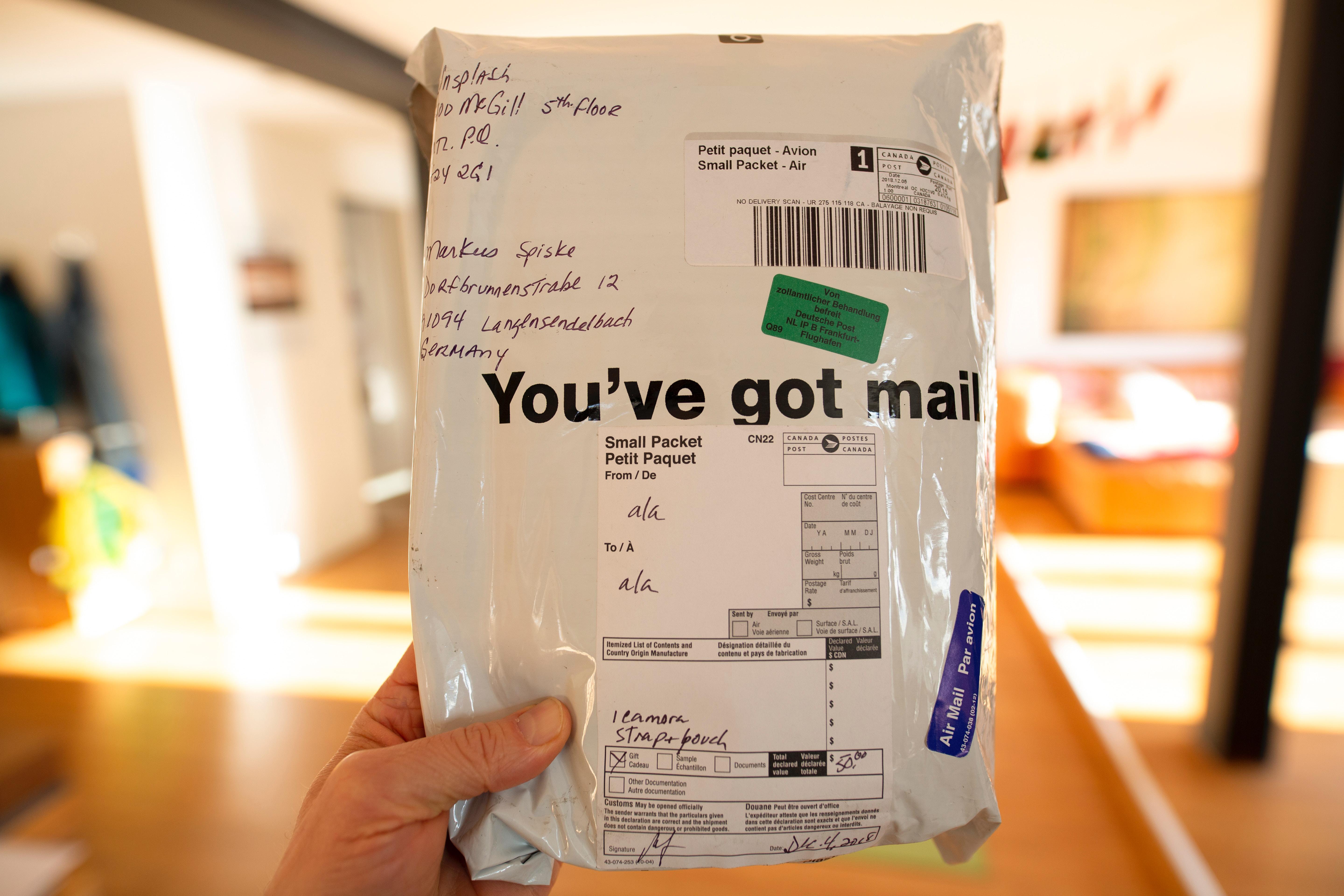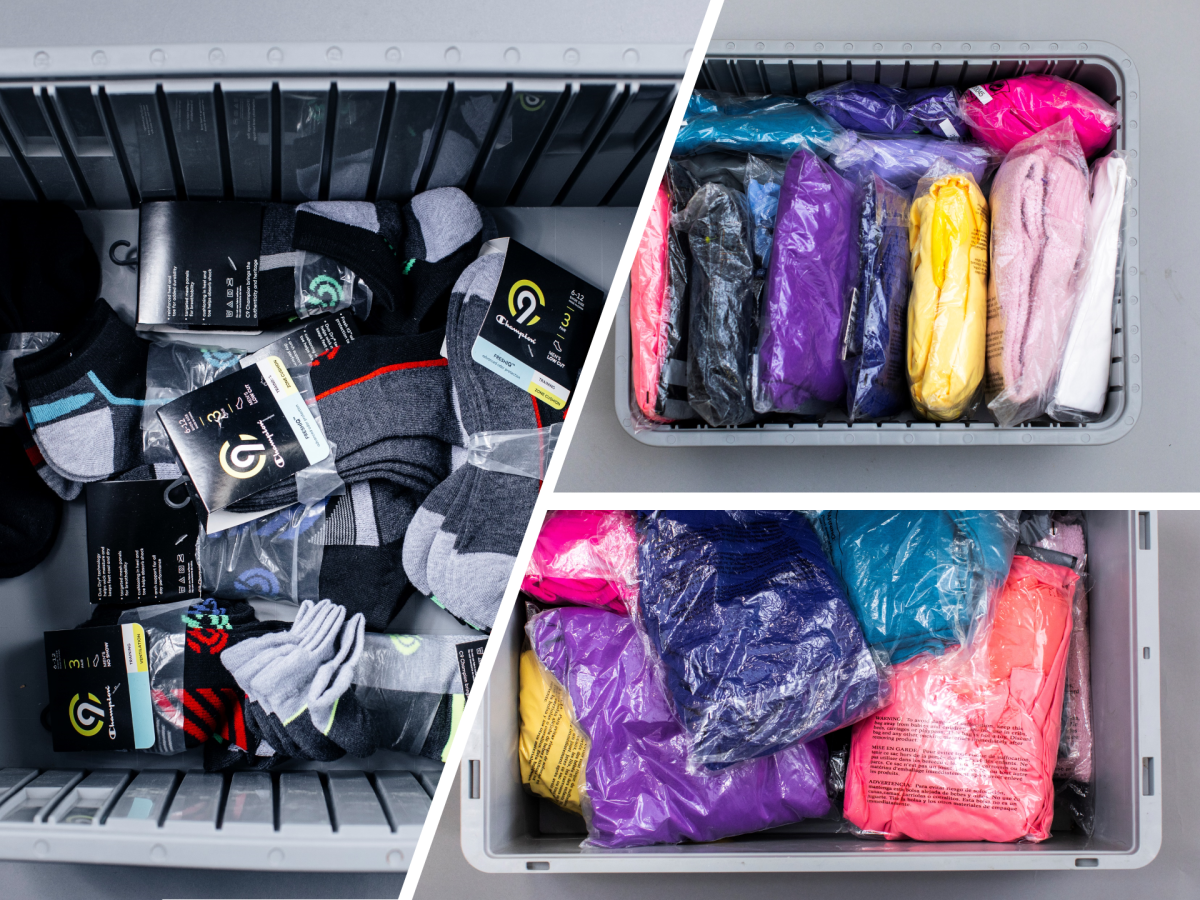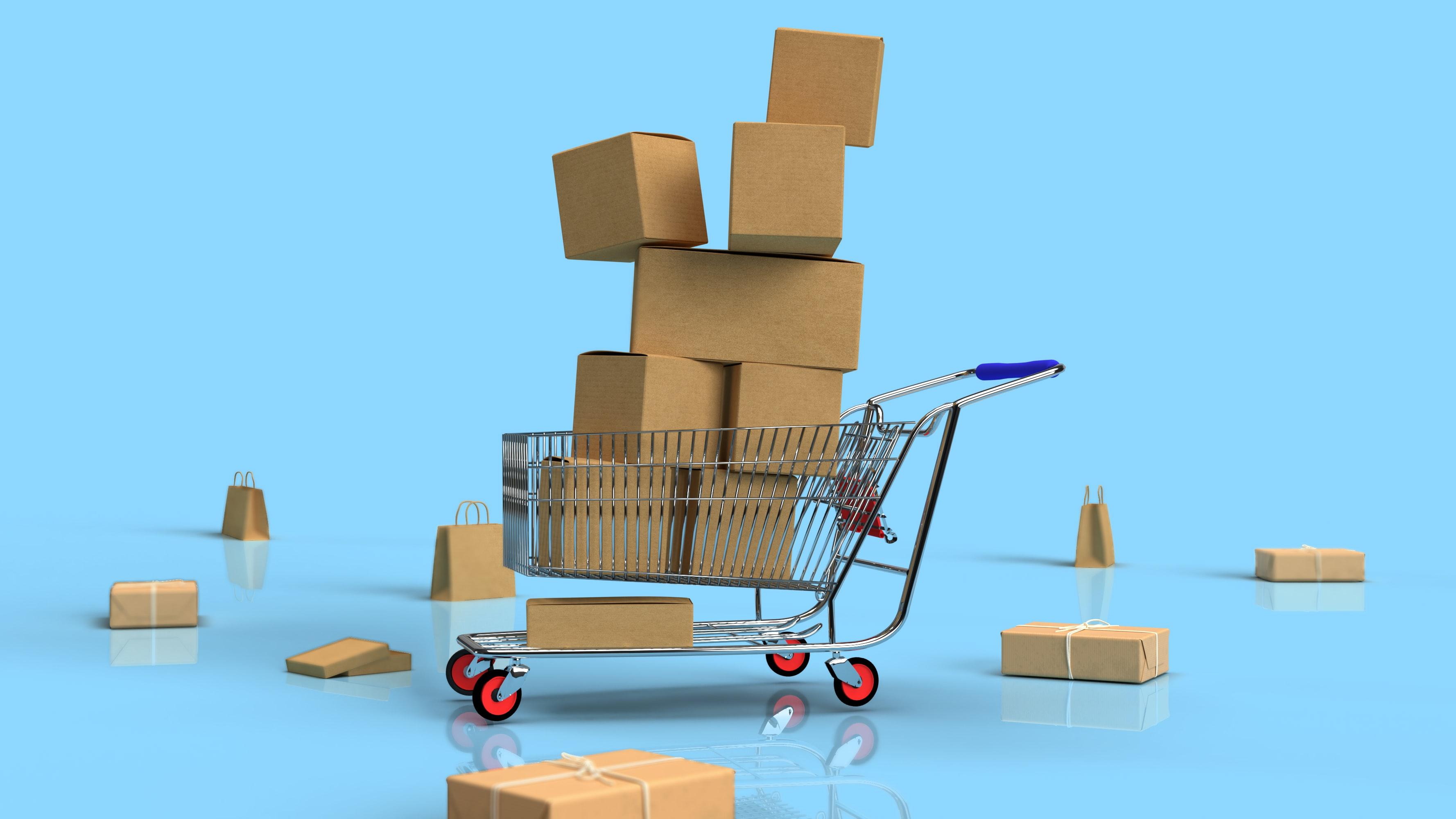Between sudden surges in consumer demand, an unreliable supply chain, and issues with labor availability, eCommerce retail fulfillment has had its fair share of challenges over the past several years. But in great challenge, there is the opportunity for growth and change as retailers continue to adjust to present conditions and prepare for the future. Recently, Covariant co-founders, CEO Peter Chen and Chief Scientist Pieter Abbeel, sat down to talk with the folks at the Business reporter about the current eCommerce fulfillment landscape, and how AI Robotics is changing the ability of retailers to be more efficient and agile in the current climate and beyond. A few quick takeaways:
Automation is not new to warehousing
Automation has been a reality for years. However, it is mostly the “feet” – the systems that carry items and SKUs from one part of the warehouse to another – that have been automated. Think conveyors, ASRS, AGVs, etc. “The movement of goods is largely automated by conveyors, mobile robots, and shuttle systems,” says Covariant CEO, Peter Chen. “But they are not smart solutions. Fifty percent of warehouse operations still need to be done manually. You still need a lot of people to staff those operations. And you still need to spend a lot of Opex budget.”
Automating the “hands” requires intelligence

Unlike in many manufacturing environments, where motions are repetitive and tasks are pre-defined, warehouse operations are diverse. Warehouses can have hundreds of thousands, if not millions, of SKUs, many of them changing seasonally. Operation types also vary, from kitting, to picking, to sorting, etc. For robots to be effective in a warehouse setting, they need the ability to learn and adapt to new input frequently and quickly. Says Chen, “The hardware side of the robots has always existed for a long time. What’s new and what’s transformational now is the AI part.” “If you look at robotic automation, until recently, it’s robots that are preprogrammed to do the same motion over and over,” says Covariant Chief Scientist, Pieter Abbeel. “You can see those robots for example in car factories. But now if you go to a warehouse where there’s so much variability, a preprogrammed motion robot just cannot get anything useful done. AI – Artificial Intelligence – is needed to power these robots to understand what they’re looking at, react to what they’re looking at, learn from what they’re looking at, to get the job done.”
AI Robotics is already automating warehouses
The Covariant Brain – artificial intelligence that empowers robots to see, think, and act on the wide range of variability that exists in eCommerce warehouses – is already deployed in major fulfillment centers around the world, across several different types of use cases.

“The adoption journey for AI Robotics is incredibly easy,” says Chen. “Customers are pleasantly surprised by how quickly they can go from idea to implementations in the field that generate value helping them save operating expense.” Watch the video below to learn more about how AI Robotics can help you gain a competitive advantage and keep up with customer demands in today’s fluctuating market!





